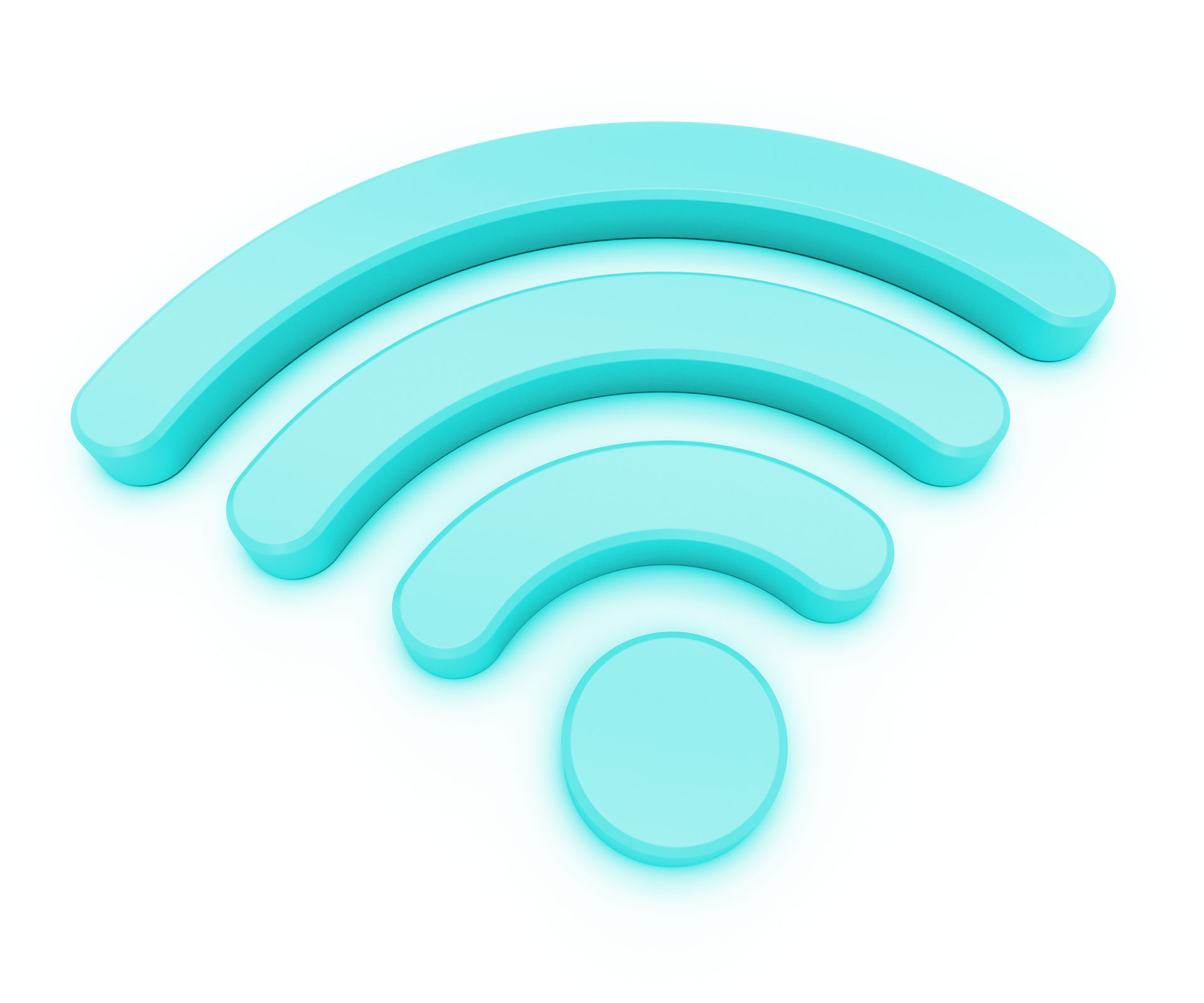


How many times have you asked yourself this question? You have a high powered router (at least that's what it said on the box), you have high speed internet, and your devices are all less than five years old. So why does your WiFi suck? In a word? Congestion.
Before we dive into the why we need to take a few moments to understand how WiFi works. WiFi utilizes radio signals carried on specific frequency bands to pass data between your devices and a WiFi hot spot, access point, or wireless capable router. The two most popular WiFi standards used today use the 2.4GHz and the 5 GHz frequency bands. Each of the frequency bands are divided into a finite number of channels for your network of devices to potentially use. In the case of the 2.4 GHz band there are a total of 11 channels available at any one time. This is where WiFi starts to suck. Channels 2, 3, 4, 5 and 7, 8, 9, 10 each have some overlap with their neighbouring channels.

This channel overlap creates a situation similar to trying to have a conversation in a noisy cafe. You can talk to people at your table just fine if you listen intently and raise your voice a bit. The remaining channels 1, 6, and 11 are all non-overlapping. Non-overlapping channels are very attractive as there is less noise to compete with BUT the nature of computer communications is that they are inherently polite and wait for each other to finish speaking before starting a new message. Going back to our cafe analogy, waiting for the people sharing your table to finish speaking is no great hardship. You wait for your turn to speak and your conversation continues, unless, all of the members of your table are having different conversations and you are left waiting for your turn. Now waiting for your turn in a conversation isn't a bad thing unless what you have to say is time sensitive. In the computer networks world, conversations over VOIP (internet based telephone), music streaming, video streaming, and online gaming are all time sensitive.

So we are trying to have a conversation in a crowded, noisy cafe and our communications are time sensitive. There are tables that are sharing our conversation space and we are politely waiting our turn to speak. That's all great. But how does this fix our crappy WiFi? Understanding is half the battle. The other half is now doing something about it. If your wireless access point or router uses both the 2.4 GHz band and the 5 GHz band you can connect the devices that are closest to that access point or router to the 5 GHz band. What does this do for you? It cuts down on the number of conversations that are happening on the same wireless network at the same time. Alternatively you can move high bandwidth devices like your smart TV, gaming console, or media streaming box to the 5 GHz band of your network. Segmenting your network by client type means fewer devices waiting for their turn to speak. To add to the mounting reasons to use the 5 GHz band you can add a lack of interference generated by cordless phones, baby monitors and, microwaves. If you're still not in networking nirvana we will need to dig a bit deeper into your router, your environment, and wireless standards.

Let's change metaphors for a moment and imagine that you are a typical apartment dweller living on the second floor of a three story walk up apartment. Your building has a total of 12 units in it each with a wireless router or access point. For the purposes of this example we will assume that each apartment unit can "see" the WiFi signal from the other units in the building. There are 11 channels available for communication in the 2.4 GHz radio band. In our 'typical' apartment building it's possible for four apartments to use Channel 1 (a nice non-overlapping channel), and 6 apartments to be using Channel 11 (another non-overlapping channel). We learned earlier that there is nothing wrong with this configuration except for waiting for your turn to talk. So what can we do here? We can change the channel. But how do we know what channels are in use? Wireless network scanning software!
Which wireless networking software you choose is up to you but here are a few suggestions you may consider. On Microsoft Windows check out WirelessNetView from NirSoft, on Android consider WiFi Analyzer in the Google Play store, finally on Apple Mac use the integrated WiFi app. You likely noted that there was no mention of a trusted free tool for iOS, that would be because at the moment there are none.
Once you have installed and opened up your WiFi analyzer of choice take a look at which channels the networks around you are using. The next bit of “problem solving” may take some trial and error. Make a note of which channels are the least used. Try switching your wireless access point or router to one of the least used channels and test. If you find that things become a bit more peppy you may have settled on a winning combination.
WiFi that sucks is something that you can fix with the right knowledge and a bit of time. For more in depth topics on specific hardware configurations check out the TekSavvy Help Centre.




Speak Your Mind